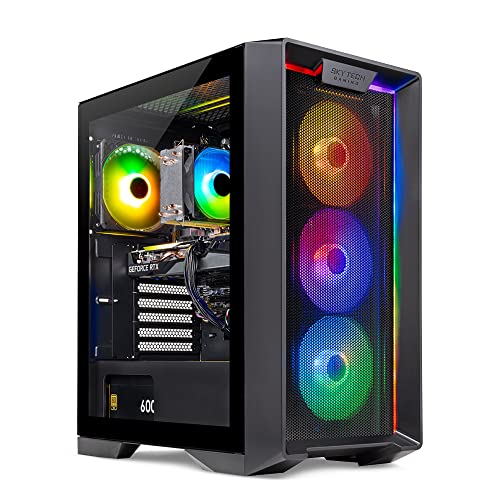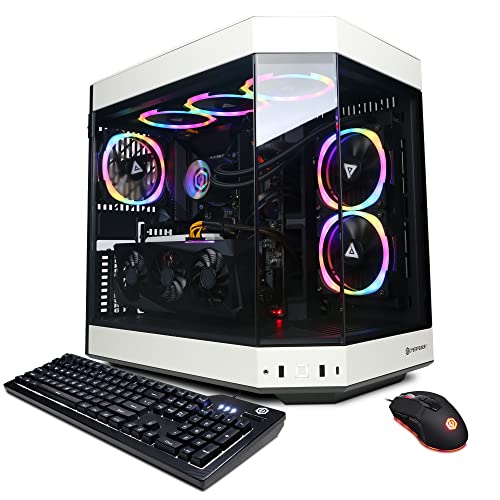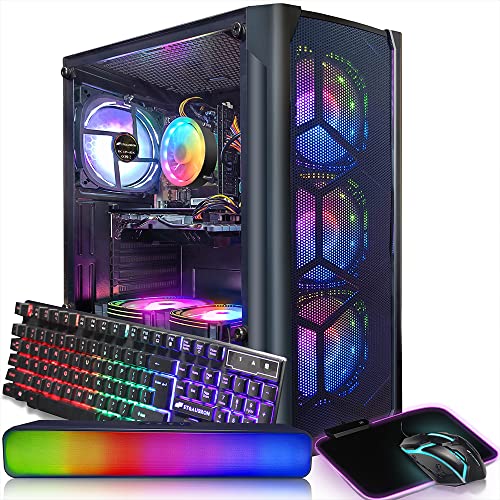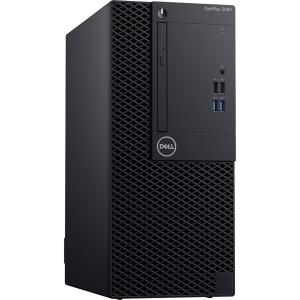Advances in VR Tracking Technology: Redefining Immersive Experiences
**Introduction**
Virtual reality (VR) technology is evolving rapidly, and one of the most critical components for immersion is accurate, low‑latency tracking. Modern VR systems now blend multiple sensor technologies to capture precise user movement and positions, enhancing both gaming and professional simulation experiences. This article investigates the latest breakthroughs in VR tracking—from optical and inertial sensors to integrated camera systems—and explains how they’re transforming the immersive experience.
**Technological Innovations**
- **Multi‑Sensor Fusion:**
Cutting‑edge VR systems combine data from cameras, inertial measurement units (IMUs), and depth sensors for comprehensive, high‑precision tracking.
- **Infrared and Lidar Integration:**
Incorporating infrared and Lidar sensors improves depth perception and environmental mapping, reducing tracking errors and latency.
- **AI‑Enhanced Tracking Algorithms:**
Machine learning refines tracking data in real time, ensuring more fluid transitions and less jitter during rapid movements.
- **Wireless Sensor Networks:**
Advanced wireless protocols allow multiple sensors to communicate seamlessly, minimizing latency without compromising accuracy.
**Applications and Benefits**
- **Immersive Gaming:**
Enhanced tracking provides gamers with precise control, translating subtle movements into realistic in‑game interactions for a more engaging experience.
- **Professional Simulation:**
Training in fields such as aviation, medicine, and engineering becomes more effective as realistic tracking improves simulation accuracy.
- **Interactive Design and Collaboration:**
Designers and engineers can experiment with spatial layouts in virtual environments, with real‑time motion capture facilitating collaborative work.
- **Reduced User Fatigue:**
Smoother, more accurate tracking minimizes eye strain and motion sickness, leading to longer and more comfortable VR sessions.
**Future Directions**
Anticipate even deeper AI integration and sensor miniaturization for wireless tracking systems, along with enhanced fusion algorithms that adapt to unpredictable user behavior. Future VR tracking may also integrate biometric feedback, offering personalized adjustments in real time.
**Keywords:** VR tracking, sensor fusion, infrared sensors, Lidar, AI‑enhanced tracking, low latency, immersive VR, real‑time motion capture
Advances in VR Tracking Technology
Redefining Immersive Experiences
Related Articles
Essential High-Performance PC Components You Need Now
Upgrade your setup with the must-have parts for unbeatable gaming and productivity
Top Picks for Best High-Performance PCs
Find the perfect power machine for gaming, work, or creative projects
Your Guide to the Best High-Performance PCs
Find the Right PC for Your Gaming and Creative Needs
View our related products
See more





